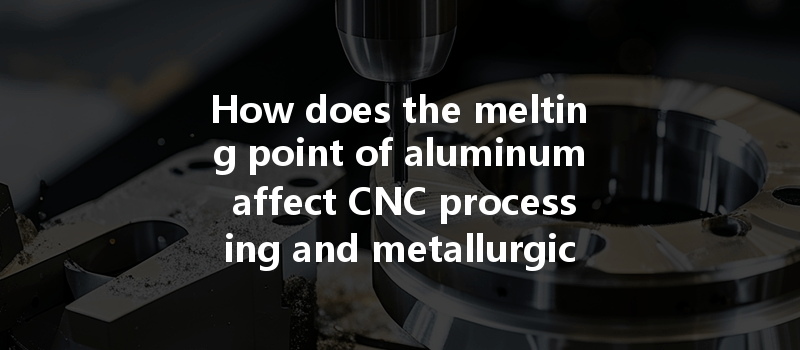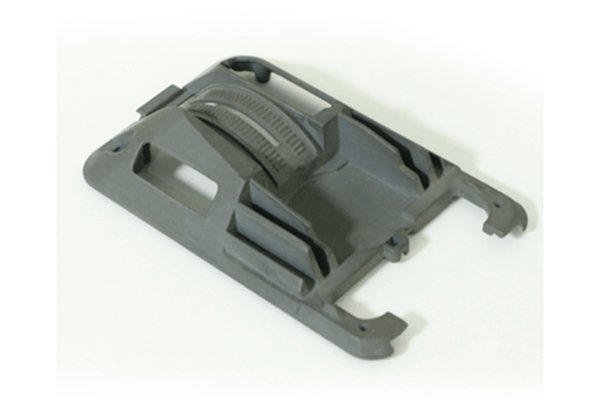Opening: An Unexpected Journey of Metal
Did you know that aluminum, with its melting point of about 660°C (1220°F), plays a crucial role in the production of various high-performance components used across multiple industries? From the aerospace sector to automotive manufacturing, aluminum’s unique properties make it a favored choice for engineers and designers alike. But have you ever considered how its melting point influences the selection of metallurgical processes during CNC (Computer Numerical Control) machining? In this blog, we will delve deep into the intricate relationship between aluminum’s melting point and its implications for CNC processing methods and metallurgical selections, offering insights valuable to engineers, manufacturers, and enthusiasts alike.
—
The melting point of a metal dictates several key parameters in its processing, especially concerning CNC machining. Given that most CNC machines operate by cutting away material to create complex shapes, understanding how aluminum melts and transitions between solid and liquid states is critical to ensure efficiency and precision in production tasks.
The melting point serves as a threshold that determines how aluminum can be processed. With aluminum requiring relatively low temperatures compared to metals like steel or titanium, it becomes a material of choice for mass production. However, the melting point influences the choice of CNC machining tools, cutting fluids, and even the speed of operations. Higher temperatures can lead to an increased likelihood of oxidation, requiring careful consideration in terms of protective atmospheres or the use of inert gases during welding or machining operations.
The melting point directly affects tool selection for machining. Tools must be able to withstand specific temperatures without degrading or losing effectiveness. High-speed steel or carbide-tipped tools may be the go-to for aluminum; however, the melting behavior of aluminum requires periodic checks for tool wear and failure, largely due to the thermal properties during high-speed operations. Softer aluminum alloys, such as 1100 series, can be machined at higher speeds as they generate less heat.
When aluminum is heated, it expands. CNC machining involves creating precision components that rely on exact dimensions. Therefore, understanding how much aluminum expands as it approaches its melting point is vital for maintaining tolerances. Machinists often need to account for thermal expansion in their calculations, as failure to do so may lead to parts produced that do not meet stringent specifications.
The melting point of aluminum also influences the choice of metallurgical processes used in conjunction with CNC machining. Here, we explore a few key processes and their connections:

Optimizing CNC machining based on the melting point entails controlling various key parameters:
—
In summary, understanding the melting point of aluminum is vital for selecting appropriate CNC machining processes and metallurgical techniques. This foundational knowledge cascades into informed decisions that affect tool choices, operational parameters, and ultimately, the quality of the final product. The interplay between the melting point and CNC processing is not negligible; it is a crucial aspect that can impact productivity, costs, and product integrity.
As you ponder the multifaceted nature of aluminum in CNC machining, consider how the melting point doesn’t just inform one aspect of processing but shapes the entire approach to working with this versatile metal. Mastering these principles could lead your manufacturing process to the next level, enabling you to create better, more efficient designs in a competitive marketplace. This topic offers infinite possibilities for innovation and efficiency in metalworking processes worth exploring and applying to your manufacturing practices.
—
For manufacturers, engineers, and hobbyists looking to delve deeper into CNC processing optimizations and metallurgical choices, understanding the implications of aluminum’s melting point is the first step toward mastery. Hence, as you engage with CNC machining, take a moment to reflect on how the melting point interplays with each decision you make in your production processes. What innovations can you implement that leverage this knowledge? Your journey into the realm of aluminum machining has only just begun.






